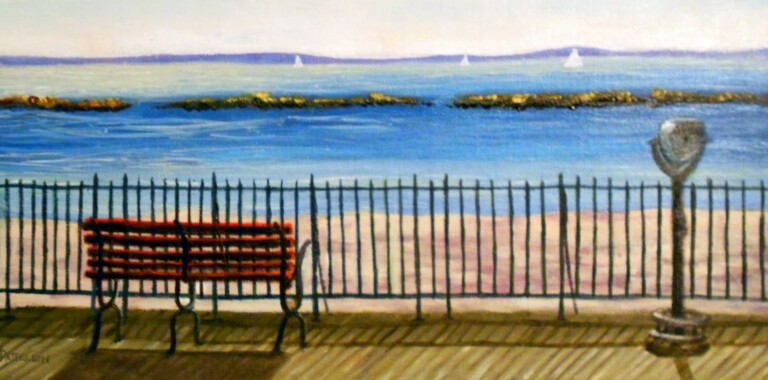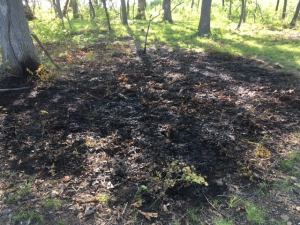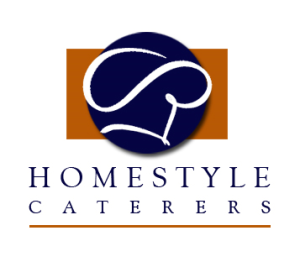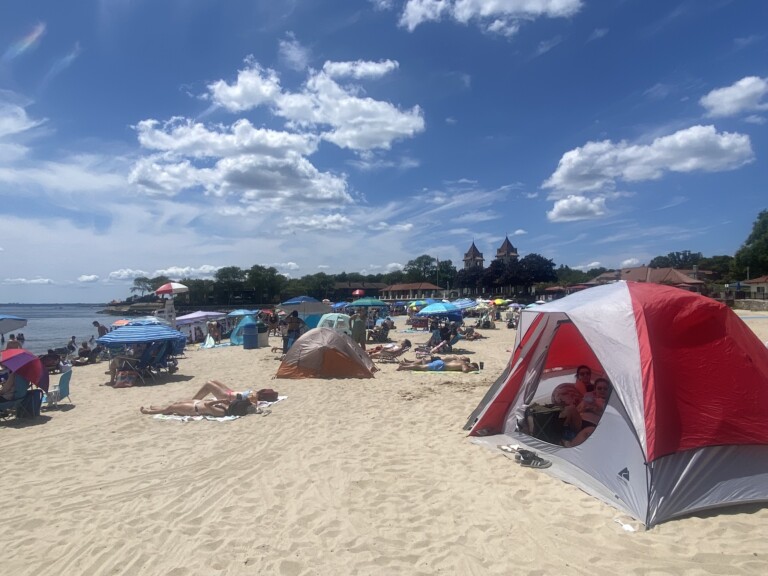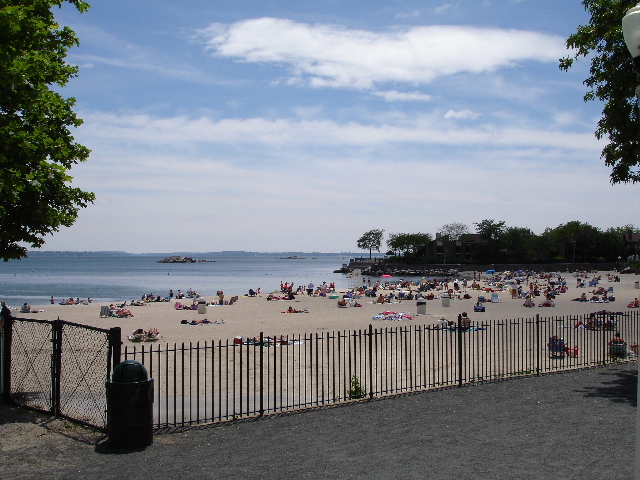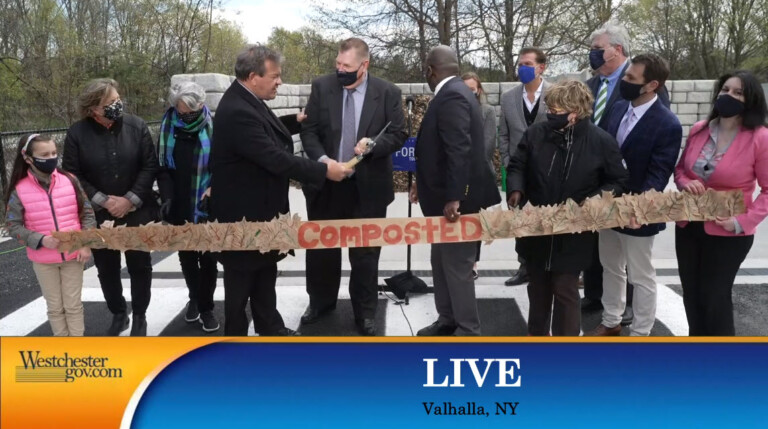Conserving Water: Finding Leaks & Backflow Prevention
Special promotional content provided by the local water company Veolia (fka Suez).
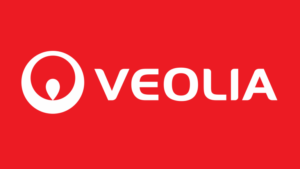
Across the thirteen Westchester communities where Veolia operates, the City of Rye represents 9.4% of accounts but accounts for 10.4% of water consumption. What can you do to save?
Veolia offers rebates for its Rye customers on water saving products–including irrigation controllers, washing machines, toilets and showerheads–learn more about the rebates & save.
Two important ways to conserve and protect water resources are leak detection and backflow prevention.
Finding Leaks
Whether inside or outside your home, a leak can waste hundreds of gallons of water each year. Any leak, big or small, costs you money and should be repaired as soon as possible.
To determine if you have a leak, turn off all water fixtures and appliances in your house and be sure no one is using any water. Look at your water meter. If the small, red, diamond-shaped indicator on the face of the meter is moving, you probably have a leak. Retest to be certain, then locate the leak by inspecting all pipes, fixtures and appliances that use water. Residents with outdoor meter pits should not open these and contact the water company Veolia for assistance.
The local water company Veolia has been installing smart meters. These record water consumption data in real-time, allowing more precise information on usage, as well as better detection of leaks.
Backflow Prevention
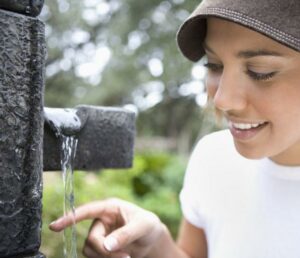 Backflow is the reversal of the flow of water in the plumbing system. It can occur when the pressure in the water main or a home’s plumbing system changes.
Backflow is the reversal of the flow of water in the plumbing system. It can occur when the pressure in the water main or a home’s plumbing system changes.
A backflow prevention assembly is a device that provides a mechanical barrier to backflow. If you have a sprinkler system installed at your home, you are required by the Uniform Plumbing Code to have an approved backflow assembly installed and annually inspected. It’s a good idea to test your backflow assembly every spring when you turn your irrigation system on.
If you have a pressurized irrigation system, there is no physical connection between the pressurized irrigation system and the public water supply. Consequently, there is no need to have a backflow assembly. If there is any connection between the two water supply systems, you must have a backflow assembly installed and tested annually.
If there is backflow at your home, you could contaminate your drinking water with non-treated water from an irrigation canal or water pooled around a sprinkler head that has fertilizer on it. Also, if you use your hose to fill a wading pool or hot tub, a reversal of the water flow could siphon pool or spa chemicals back through the garden hose and into your house’s plumbing.
Garden hoses that are used to apply chemical fertilizers or pesticides are also susceptible to drawing contaminants into your home. If your home was built after 1985, it should be equipped with backflow-preventing hose bibs. If your home is older, you need to check to make sure you have the proper protection for outside faucets.
If there is a backflow incident at just one home in a neighborhood, there is the potential for contaminants to spread into the public water supply, threatening your neighbors. A properly operating backflow assembly can help prevent this.
Veolia offers rebates for its Rye customers on water saving products–including irrigation controllers, washing machines, toilets and showerheads–learn more about the rebates & save.

